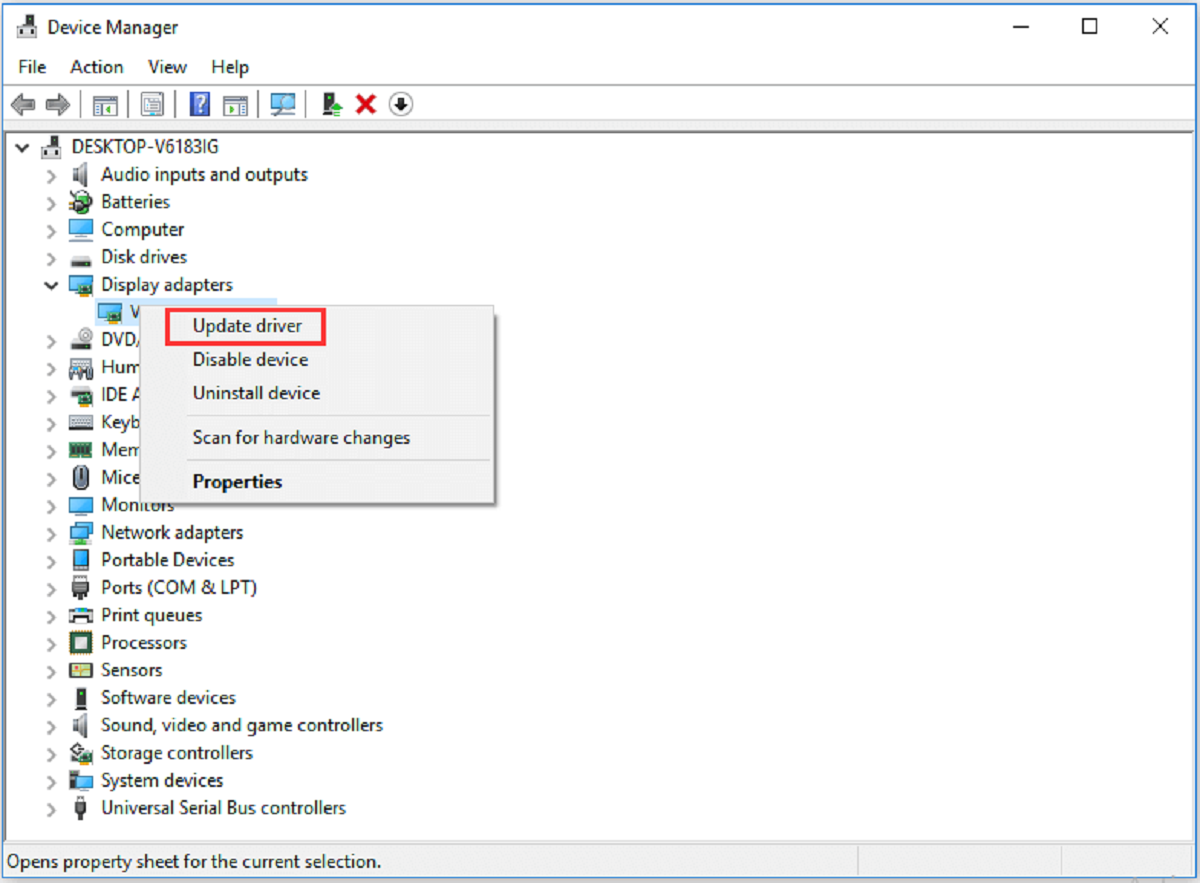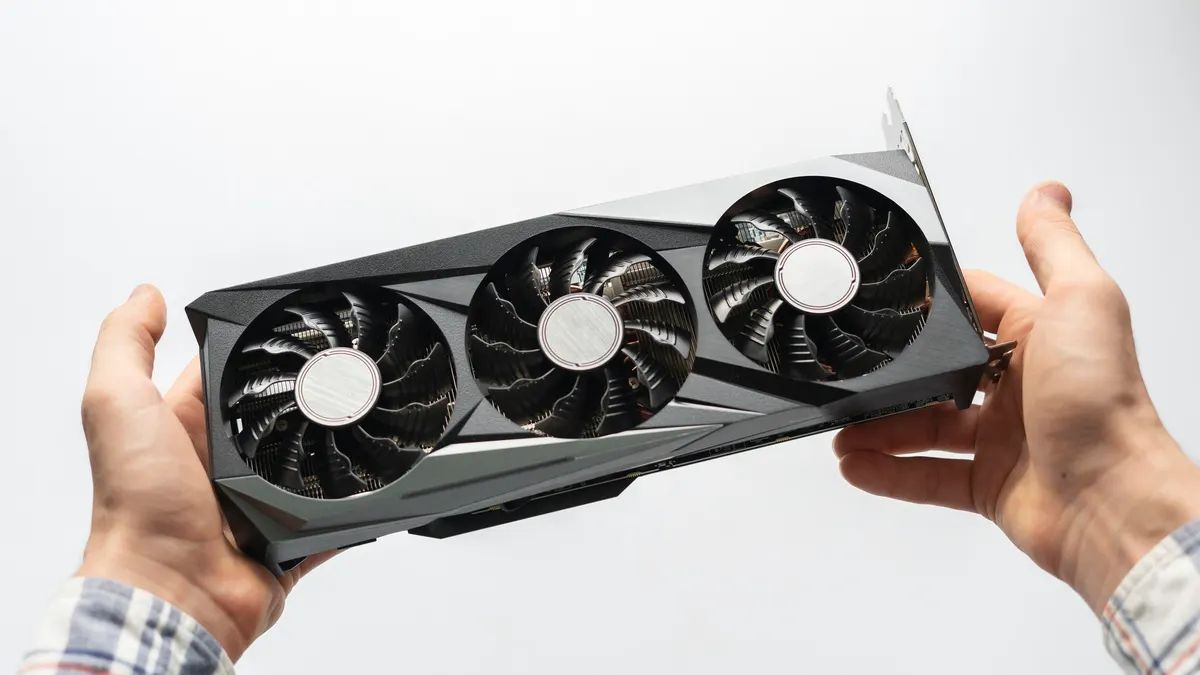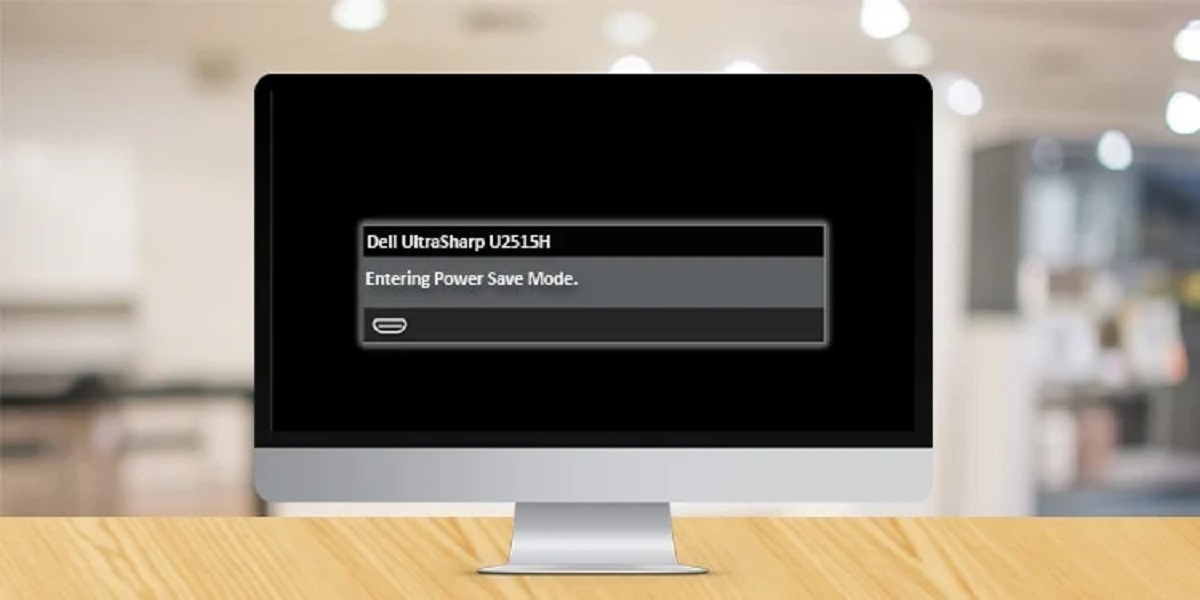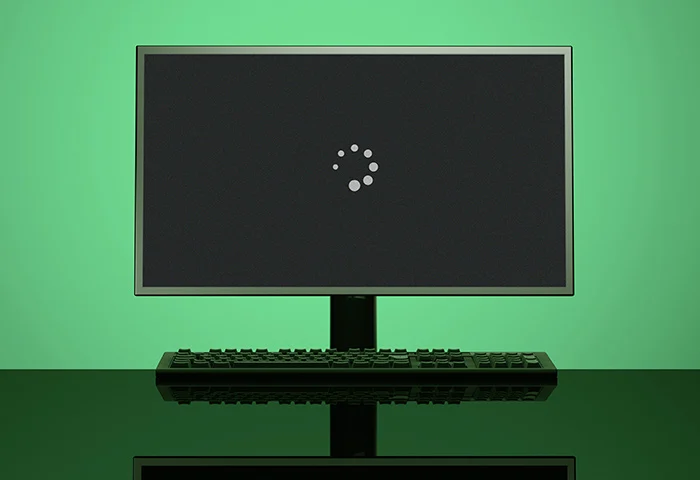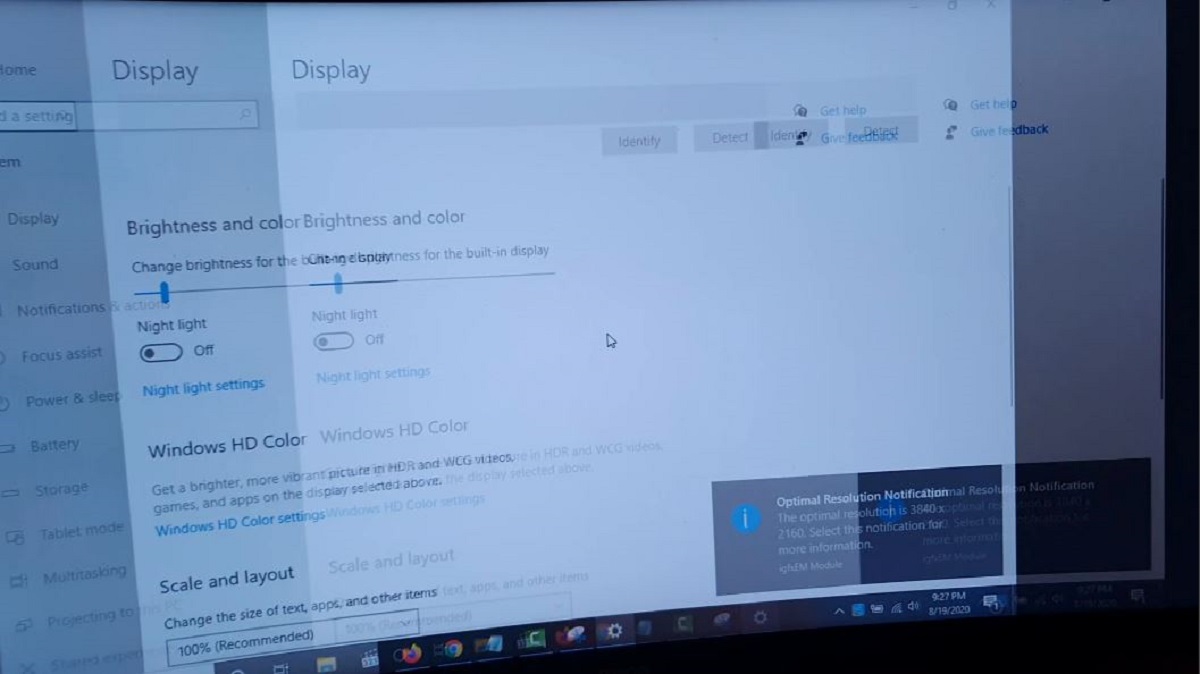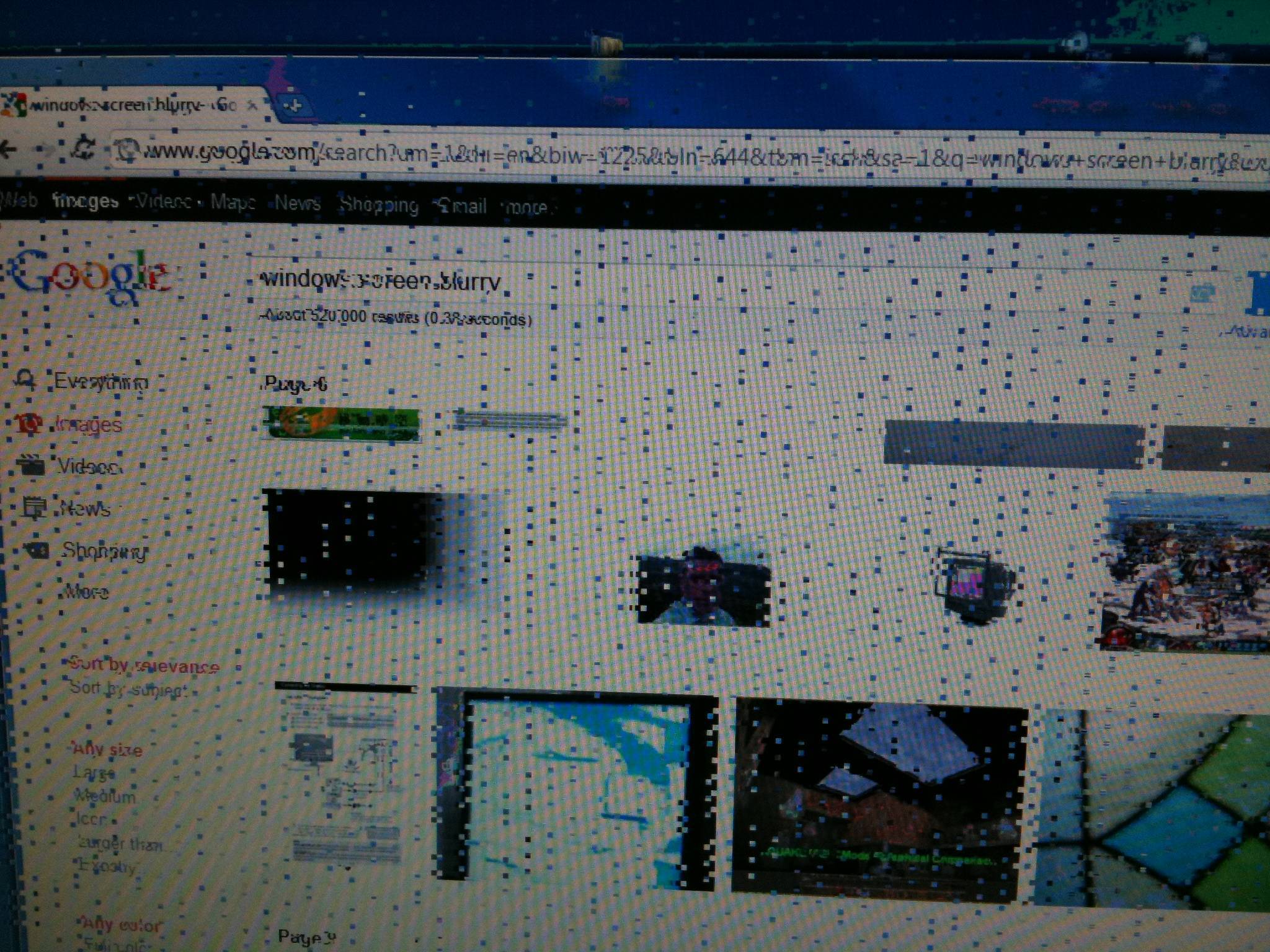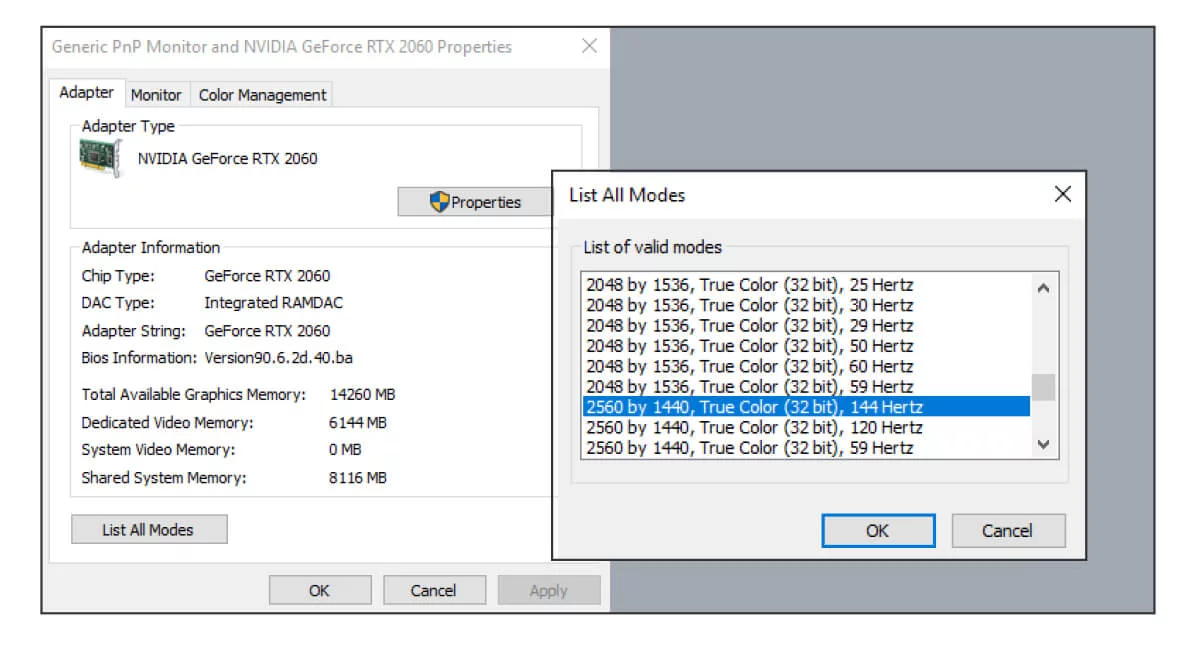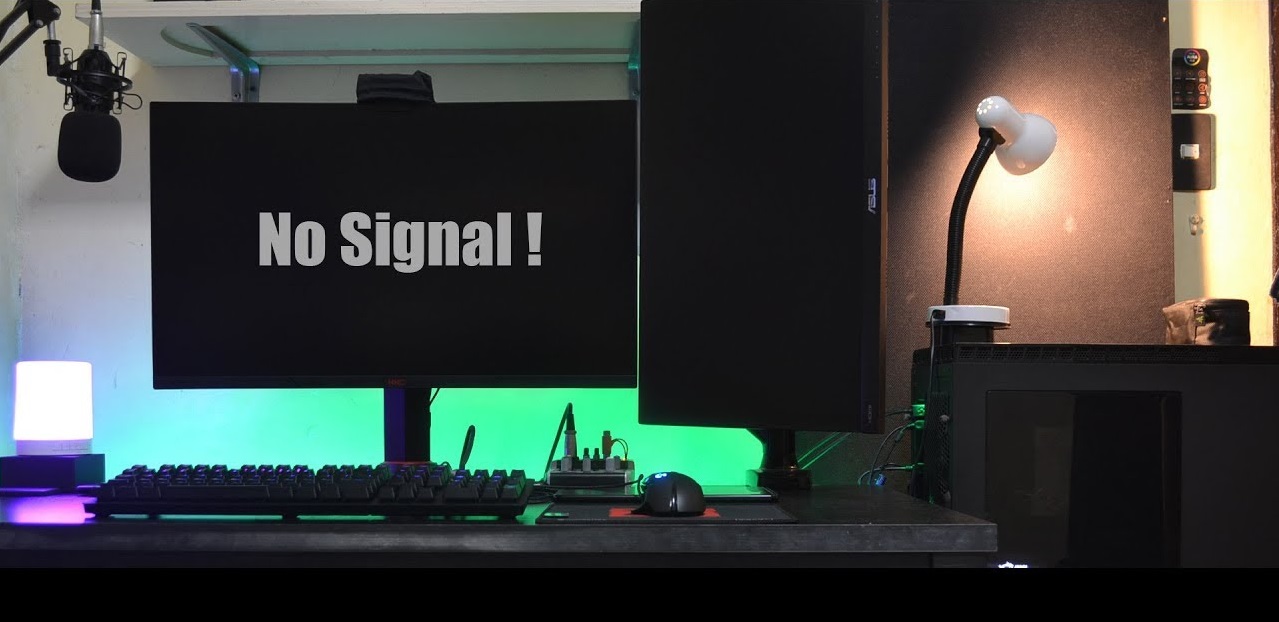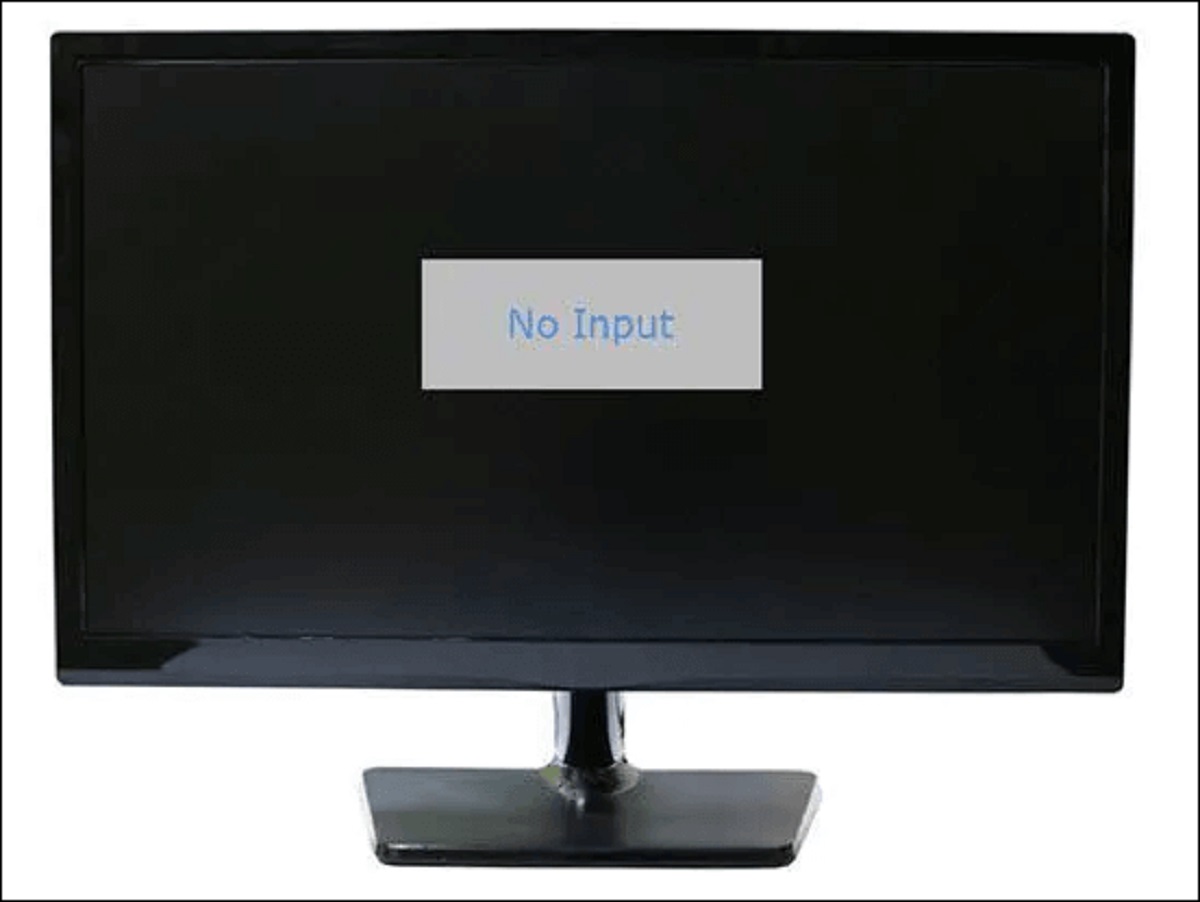Introduction
Updating your monitor driver may not be the first thing that comes to mind when it comes to optimizing your computer’s performance. However, it is an essential step that can greatly improve your visual experience and help prevent compatibility issues. The monitor driver serves as the bridge between your computer’s graphics card and your monitor, ensuring that they work seamlessly together.
With advancements in technology, monitor manufacturers regularly release driver updates that include bug fixes, performance enhancements, and even new features. By keeping your monitor driver up to date, you can ensure that you are getting the best possible display quality and taking full advantage of your monitor’s capabilities.
In this article, we will guide you through the process of updating your monitor driver. We will cover how to check for updates, how to update the driver, and how to verify that the update was successful. We will also address common issues that may arise during the updating process.
Whether you are a gamer, graphic designer, or simply someone who wants the best visual experience on their computer, updating your monitor driver is a crucial step. So, let’s dive in and learn how to make the most out of your monitor!
Why Update Monitor Driver?
Keeping your monitor driver up to date is important for several reasons. Let’s take a closer look at why you should prioritize updating your monitor driver:
- Improved Compatibility: Technology is constantly evolving, and updates to monitor drivers ensure compatibility with the latest operating systems and hardware. Updating the driver ensures that your monitor can communicate effectively with your computer, avoiding potential compatibility issues.
- Enhanced Performance: Monitor driver updates often include performance optimizations. These optimizations can improve the overall responsiveness of your monitor, reduce input lag, and provide smoother visuals. If you are a gamer, updating your monitor driver is especially crucial as it can optimize your gaming experience.
- Bug Fixes: Like any software, monitor drivers may have bugs that can cause various issues. Manufacturers regularly release driver updates that address these bugs, providing a more stable and reliable user experience. By updating your monitor driver, you can tackle any existing bugs and prevent potential issues from occurring.
- New Features: Manufacturers sometimes introduce new features through monitor driver updates. These features can enhance your display options, provide additional customization settings, or improve energy efficiency. By keeping your monitor driver up to date, you can unlock these new features and take advantage of the latest advancements.
- Optimized Display Quality: The monitor driver plays a crucial role in ensuring the best possible display quality. By updating the driver, you can ensure that your monitor is calibrated correctly, with accurate color reproduction, brightness levels, and contrast ratios. This is especially important for professionals working in fields such as design, photography, and video editing.
Overall, updating your monitor driver is essential for optimizing performance, ensuring compatibility, and unlocking new features. By staying up to date with the latest driver releases, you can ensure that your monitor provides the best visual experience and maximizes your productivity.
Checking for Updates
Before updating your monitor driver, it’s important to determine if there are any available updates. Here’s how you can check for updates:
- Visit the Manufacturer’s Website: Start by visiting the website of your monitor’s manufacturer. Look for the support or downloads section, where you can find the latest drivers for your specific monitor model. Make sure to select the correct model and operating system to access the appropriate driver downloads.
- Automatic Update Tools: Some monitor manufacturers provide automatic update tools that can scan your system and detect if there are any available driver updates. These tools can simplify the process by automatically downloading and installing the latest driver for your monitor.
- Windows Update: Windows operating systems often include generic monitor drivers that work well with most monitors. However, they may not have the latest manufacturer-specific optimizations. To check for updates through Windows Update, go to Settings > Update & Security > Windows Update and click on Check for Updates. If there are any monitor driver updates available, they will be listed for installation.
Remember to periodically check for updates even if your monitor seems to be functioning properly. Manufacturers release driver updates regularly to address bugs, improve performance, and add new features. By keeping your monitor driver up to date, you can ensure that you’re getting the best possible experience from your monitor.
Updating Monitor Driver
Once you have identified that there is an available update for your monitor driver, it’s time to proceed with the update. Here are the general steps to update your monitor driver:
- Download the Latest Driver: Visit the manufacturer’s website and navigate to the driver download section for your specific monitor model. Download the latest driver that is compatible with your operating system.
- Extract the Driver: If the driver is downloaded as a compressed file (e.g., .zip), extract the contents to a location on your computer where you can easily access them.
- Open Device Manager: In Windows, you can access the Device Manager by right-clicking on the Start button and selecting “Device Manager” from the context menu.
- Find your Monitor: In the Device Manager window, expand the “Monitors” category to display the list of monitors connected to your computer. Right-click on your monitor’s entry and select “Update driver” from the context menu.
- Choose the Manual Installation Option: In the Update Driver window, choose the option that allows you to manually select the driver installation file. Browse to the location where you extracted the driver files in step 2, and select the appropriate driver file.
- Install the Driver: Follow the on-screen instructions to install the driver. This may involve confirming the installation and accepting any license agreements. Once the installation is complete, your monitor driver will be updated.
Note that the steps above are general guidelines, and the actual process may vary slightly depending on your operating system and monitor manufacturer. It’s always a good idea to refer to the manufacturer’s documentation or support resources for specific instructions.
After updating the monitor driver, it’s recommended to restart your computer to ensure that the changes take effect properly. This will also allow your operating system to detect and configure the updated driver accordingly.
Updating your monitor driver is a crucial step in optimizing your visual experience and ensuring compatibility with your operating system and hardware. By keeping your monitor driver up to date, you can take full advantage of the features and enhancements provided by the manufacturer.
Verifying the Update
After updating your monitor driver, it’s important to verify that the update was successful and that your monitor is functioning as intended. Here are a few steps you can take to ensure that the update is working correctly:
- Check Device Manager: Open the Device Manager again and navigate to the “Monitors” category. Locate your monitor and double-click on it to open its properties. In the “Driver” tab, you should see the updated driver version and the date of the update. This confirms that the driver has been successfully installed.
- Test Display Settings: Adjust the display settings on your computer to ensure they are working as expected. You can change the resolution, refresh rate, and color depth to see if they are all functioning properly. If there are any issues or limitations with the updated driver, you may notice abnormalities or restrictions in the display settings.
- Check for Visual Improvements: Pay attention to the visuals on your monitor and evaluate if there are any noticeable improvements. Look for smoother motion, sharper images, and more accurate colors. If the update includes any specific enhancements or optimizations, try to utilize them and observe the impact on your display quality.
- Test with Different Applications: Launch and use various applications that heavily rely on graphics, such as games, graphic design software, or video players. Make sure everything is running smoothly and there are no unusual artifacts, screen tearing, or other graphical glitches. These tests will help ensure that the updated monitor driver is effectively interacting with your graphics card and delivering optimal performance.
If you notice any issues or abnormalities during this verification process, it’s possible that the update may not have been successful or that there are compatibility issues with your system. In such cases, you may need to revert back to the previous driver version or seek assistance from the monitor manufacturer’s support team.
Remember that driver updates are intended to enhance your monitor’s performance, compatibility, and visual experience. By properly verifying the update, you can ensure that your monitor is functioning as intended and taking full advantage of the improvements provided by the manufacturer.
Troubleshooting Common Issues
While updating your monitor driver generally goes smoothly, there might be some common issues that can arise. Here are a few troubleshooting tips to help you address these issues:
- Driver Installation Failure: If the driver installation fails or encounters errors, try restarting your computer and attempting the installation again. Make sure you have downloaded the correct driver for your specific monitor model and operating system. You can also try disabling any antivirus software temporarily during the installation process, as it may interfere with the installation.
- Compatibility Issues: Sometimes, after updating the monitor driver, you may encounter compatibility issues with certain applications or hardware. In such cases, you can try rolling back to the previous driver version through the Device Manager. Right-click on the monitor in the Device Manager, select “Properties,” go to the “Driver” tab, and choose the “Roll Back Driver” option.
- Display Issues: If you notice display issues like flickering, screen tearing, or blurry images after the driver update, try adjusting the display settings. Experiment with different resolution and refresh rate options to find the optimal settings for your monitor. You can also try connecting your monitor to a different port on your graphics card or using a different cable to rule out any connectivity issues.
- Missing Features or Customization Options: If you’re not finding certain features or customization options that were available before the driver update, it’s possible that the new driver version might not include them. In such cases, you can check the manufacturer’s website or support resources to see if there are any additional software tools or utilities specifically designed for your monitor model.
- Seeking Manufacturer Support: If you continue to experience issues or encounter any other specific problems after updating your monitor driver, it’s recommended to reach out to the manufacturer’s support team. They are equipped with the knowledge and expertise to provide personalized guidance and assistance with troubleshooting your monitor driver issues.
Remember, troubleshooting steps can vary depending on your specific monitor model and the driver update process. It’s always a good idea to refer to the manufacturer’s documentation or support resources for detailed troubleshooting instructions.
By following these troubleshooting tips, you can address common issues that may occur after updating your monitor driver and ensure that your monitor is functioning optimally.
Conclusion
Updating your monitor driver is an essential step in optimizing your visual experience and ensuring compatibility with your computer’s operating system and hardware. By keeping your monitor driver up to date, you can enjoy improved performance, enhanced display quality, and access to new features.
In this article, we discussed the importance of updating your monitor driver and why it should be a priority. We explored the reasons why updating your monitor driver is beneficial, such as improved compatibility, enhanced performance, bug fixes, and access to new features.
We also provided a step-by-step guide on how to check for updates, download the latest driver, update the monitor driver through the Device Manager, and verify that the update was successful.
Additionally, we discussed common issues that may arise during the update process and provided troubleshooting tips to address these issues. It’s important to remember that every monitor model and driver update process may have slight variations, so referring to the manufacturer’s documentation and support resources for specific instructions is always recommended.
Ultimately, keeping your monitor driver up to date is crucial for maximizing your visual experience and ensuring smooth functionality. By regularly checking for updates and performing the necessary updates, you can enjoy the full potential of your monitor and stay up to date with the latest performance enhancements and features provided by the manufacturer.
So, take the time to update your monitor driver today and unlock the true potential of your monitor!







